The Echo of Originals: Obscure Covers, New Perspectives
From obscure reinterpretations to genre-bending renditions, these hidden gems breathe new life into beloved tracks—offering nostalgia, surprise, and soulful storytelling.
The beauty of a cover lies in its ability to reimagine a familiar piece of music—often well-known—in a new light, almost as if attempting to experience it for the very first time. At the same time, it can offer a shared moment of nostalgia, allowing us to connect through music in a deeply personal way.
Let’s see if we can find some of those moments to share now.
Given the sheer volume of covers out there—sometimes multiple for a single song—we’re naturally focusing on the more obscure ones or those that align with our vision. (I’m looking at you, Brenda!)
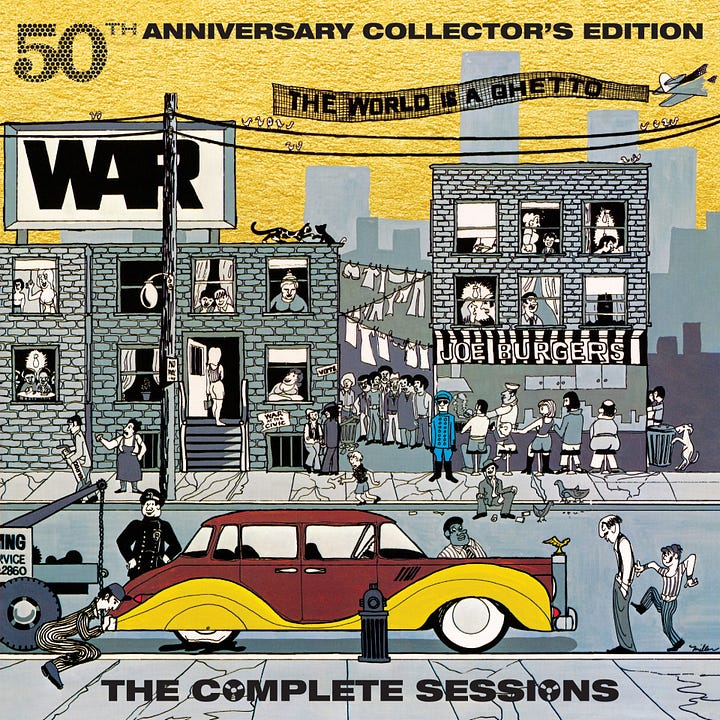
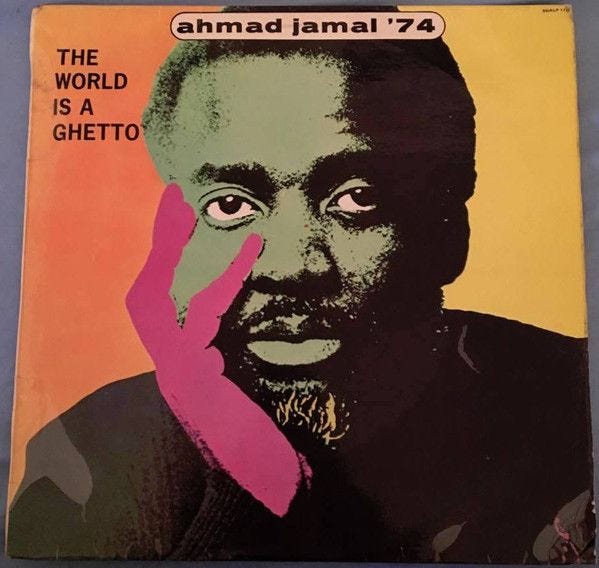
We’re kicking things off with the best-selling album of 1973: The World Is a Ghetto by War. Although released in 1972, the album only gained commercial success the following year. Its title track has since become iconic, particularly in the Hip-Hop and R&B worlds. And for good reason—it’s a 10-minute monster blending funk, soul, jazz, and Latin influences with socially conscious lyrics. The extended instrumental section, featuring a gorgeous saxophone solo and a laid-back groove, contrasts with its heavy subject matter: poverty, hardship, inequality, mutual struggle, oppression, and political and social nihilism.
Ahmad Jamal’s cover, released just a year later (or two, if you go by the South African misprint), doesn’t lose sight of these themes. His version, however, is moodier and more introspective, with the Fender Rhodes taking centre stage. There’s a delicate tension between the instruments that creates an addictive sense of dynamism. Unlike War’s version, where the lyrics take the forefront, Jamal’s interpretation treats words as another instrument in the mix. His subtle, atmospheric playing makes the track less overtly political but more emotionally resonant.
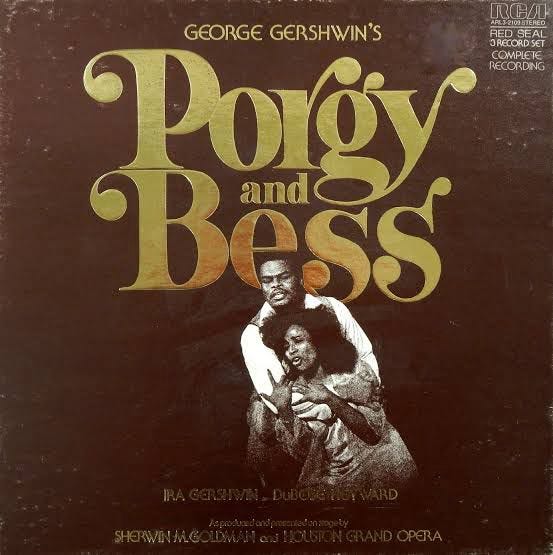

Next, let’s talk about Summertime—a standard that has been covered countless times across genres, from indie to house. Written by George Gershwin in 1934, it truly came to life in Porgy and Bess, the opera it was composed for in 1935. Many artists have put their own spin on it—Joni Mitchell and Herbie Hancock, to name a few—but the version we’re highlighting is George Benson’s. Released in 1976, his take transforms the song into a smooth, sultry, guitar-laden, lightly funky jam. This is in stark contrast to the original’s melancholic, orchestral, lullaby-like arrangement.
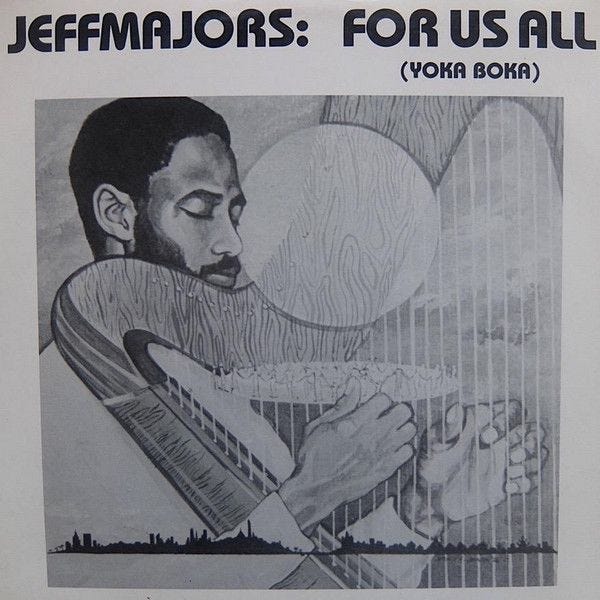

Speaking of Summertime, another artist that gave it a whirl was Jeff Majors, and from Summertime to Let It Be, Jeff had the balls to cover them both on the same album! And he gets away with it… A student of the visionary Alice Coltrane and a member of Brother Ah’s band, Jeff released his masterpiece, For Us All (Yoka Boka), in 1986.
The album is an incredibly interesting fusion of sound sources—Moog bass, harp—arranged in a way that gives it an otherworldly, almost ethereal quality while still maintaining a sense of groundedness. The stunning use of vocals keeps the organic, human element intact. His cover of The Beatles’ classic perfectly encapsulates the album’s essence and themes.

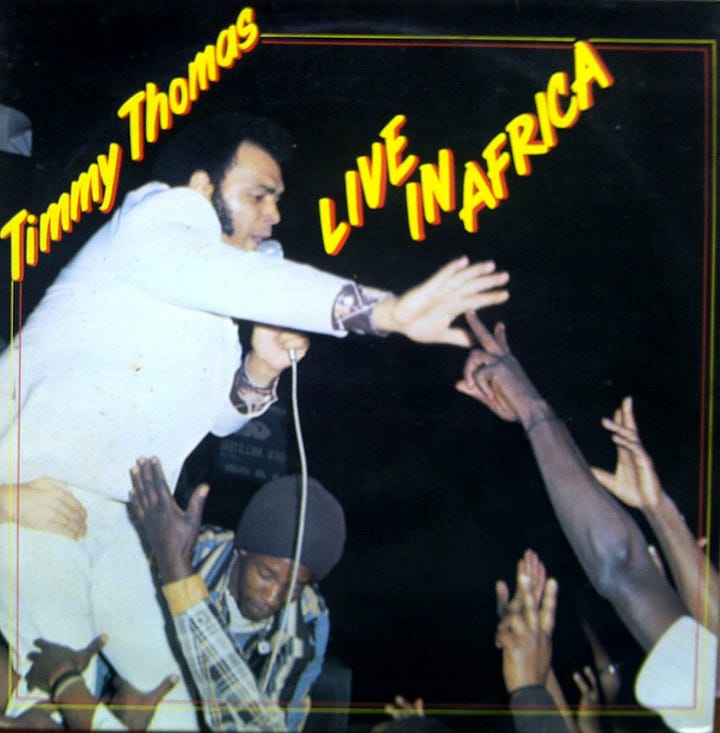
Why Can’t We Live Together—one of the most frequently covered songs of all time—gets an African twist in West Coast Giants’ version. This band was part of a wave of Angolan musicians in the 1970s who fused traditional African music with jazz, funk, and rock influences. Their rendition appears on their only record, Introducing West Coast Giants (1974), which has only had a single pressing to date. Compared to Timmy Thomas’ introspective 1973 original, their version is slightly more upbeat, driven by a heavy bass groove that injects vibrancy into the song. Both versions carry a message of hope and unity, but each conveys it with a different emotional tone.
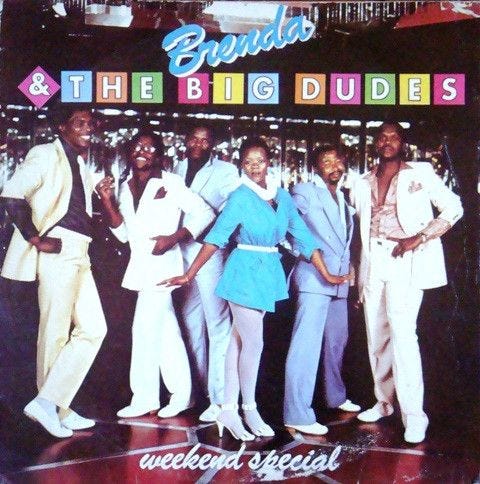

Finally, I’d be remiss if I didn’t mention a local legend—the “Madonna of the Townships”—Brenda Fassie. Her 1983 hit Weekend Special has been blasting in nightclubs and shebeens for decades. It marked a shift from traditional African music toward a blend with pop. A little-known cover exists in the form of Gwen Brisco’s 1986 version—a much more laid-back affair. This interpretation introduced a Westernised, soul-infused feel, replacing the original’s high-energy Afrobeat swing (much to the chagrin of South African music purists!).
The great debate around covers is usually about which version is definitive. But for many songs, the simple fact that they’ve been covered so many times speaks to their timelessness and originality. Whether it’s because of their deep connection to the human experience or the historical and cultural contexts from which they emerged, encountering a cover that still feels familiar is always a rewarding experience.
In Music We Trust
Voom Voom Records





